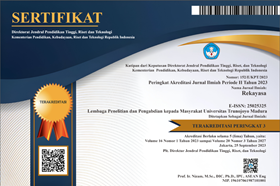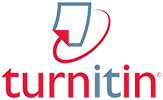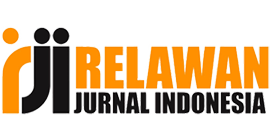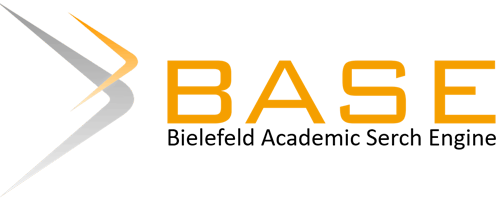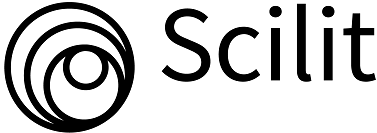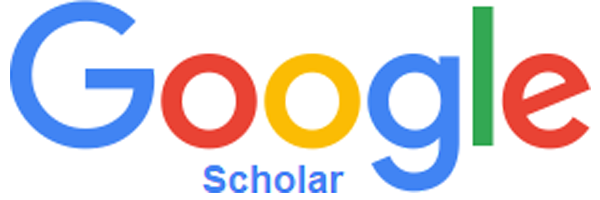Optimalisasi Teknologi Fog Harvesting: Studi Performa Fog Collector Model Savonius dan Datar
Abstract
Fog harvesting or fog catching is a technological breakthrough used as a sustainable and environmentally friendly water source. This technology utilizes mist converted into water droplets captured by the fog collector. This study was conducted to analyze the effectiveness of the number and shape of fog collectors in a fog harvesting prototype. The shape of the fog collector used is flat and semicircular (savonius). The variation in the number of fog collectors used is 2, 4, and 6 pieces. The fog collector material is High-Density Polyethylene (HDPE) with Rectangular and Raschel mesh. The area of flat and semicircular fog collectors (Savonius) is 209.25 and 310.5 cm2, with a shading coefficient of 60%, respectively. The data collection method is carried out by blowing the mist generated by the ultrasonic mist maker to the fog collector using a blower for 1 hour. The water mass amount that can be absorbed by the fog collector is obtained by weighing it every 15 minutes. The results showed that the more fog collectors, the more water mass was produced. The difference in the type of fog collector mesh also affects the amount of water mass produced. The semicircular type (Savonius) produces more water mass from fog than the flat type. The experiment results showed that the semicircular type (Savonius) with 6 fog collectors with the Raschel mesh type produced the most water mass of 6.27 grams. Based on the results, the semicircular fog collector (Savonius) with the Raschel mesh type is more effective than the flat type.
Keywords
Full Text:
PDF (Bahasa Indonesia)References
Albornoz, F., del Río, C., Carter, V., Escobar, R., & Vásquez, L. (2023). Fog Water Collection for Local Greenhouse Vegetable Production in the Atacama Desert. Sustainability, 15, 1–15. https://doi.org/10.3390/su152215720
Domen, J. K., Stringfellow, W. T., Camarillo, M. K., & Gulati, S. (2014). Fog water as an alternative and sustainable water resource. Clean Technologies and Environmental Policy, 16(2), 235–249. https://doi.org/10.1007/s10098-013-0645-z
Elshennawy, A. A., Abdelaal, M. Y., Hamed, A. M., & Awad, M. M. (2023). Evaluating Mesh Geometry and Shade Coefficient for Fog Harvesting Collectors. Water Resources Management, 37, 6107–6126. https://doi.org/10.1007/s11269-023-03644-4
Elshennawy, A. A., Awad, M. M., Abdelaal, M. Y., & Hamed, A. M. (2022). Fog collection - materials, techniques and affecting parameters - A review. Seatific, 2(2), 102–107. https://doi.org/10.14744/seatific.2022.0009
Feng, A., Akther, N., Duan, X., Peng, S., Onggowarsito, C., Mao, S., Fu, Q., & Kolev, S. D. (2022). Recent Development of Atmospheric Water Harvesting Materials: A Review. ACS Materials Au, 2(5), 576–595. https://doi.org/10.1021/acsmaterialsau.2c00027
Fernandez, D. M., Torregrosa, A., Weiss-Penzias, P. S., Zhang, B. J., Sorensen, D., Cohen, R. E., McKinley, G. H., Kleingartner, J., Oliphant, A., & Bowman, M. (2018). Fog water collection effectiveness: Mesh intercomparisons. Aerosol and Air Quality Research, 18(1), 270–283. https://doi.org/10.4209/aaqr.2017.01.0040
Guo, Z., Liu, W., & Su, B. L. (2011). Superhydrophobic surfaces: From natural to biomimetic to functional. Journal of Colloid and Interface Science, 353(2), 335–355. https://doi.org/10.1016/j.jcis.2010.08.047
Hadba, L., Mendonça, P., Silva, L. T., & Carvalho, M. A. (2020). Selecting Fog Harvesting Meshes for Environmental Conditioning Structures. International Journal of Environmental Science and Development, 11(12), 540–548. https://doi.org/10.18178/ijesd.2020.11.12.1305
Holmes, R., Rivera, J. de D., & de la Jara, E. (2015). Large fog collectors: New strategies for collection efficiency and structural response to wind pressure. Atmospheric Research, 151, 236–249. https://doi.org/10.1016/j.atmosres.2014.06.005
Ismail, Z., & Go, Y. I. (2021). Fog-to-Water for Water Scarcity in Climate-Change Hazards Hotspots: Pilot Study in Southeast Asia. Global Challenges, 5. https://doi.org/10.1002/gch2.202000036
Jarimi, H., Powell, R., & Riffat, S. (2020). Review of sustainable methods for atmospheric water harvesting. International Journal of Low-Carbon Technologies, 15(2), 1–24. https://doi.org/10.1093/ijlct/ctz072
Klemm, O., Schemenauer, R. S., Lummerich, A., Cereceda, P., Marzol, V., Corell, D., Van Heerden, J., Reinhard, D., Gherezghiher, T., Olivier, J., Osses, P., Sarsour, J., Frost, E., Estrela, M. J., Valiente, J. A., & Fessehaye, G. M. (2012). Fog as a fresh-water resource: Overview and perspectives. Ambio, 41, 221–234. https://doi.org/10.1007/s13280-012-0247-8
Mekonnen, M. M., & Hoekstra, A. Y. (2016). Four billion people facing severe water scarcity. Sustainability, 2(2). https://doi.org/10.1126/sciadv.1500323
Partnerships and cooperation for water, T. U. N. W. W. D. (2023). Partnerships and cooperation for water.
Rajaram, M., Heng, X., Oza, M., & Luo, C. (2016). Enhancement of fog-collection efficiency of a Raschel mesh using surface coatings and local geometric changes. Colloids and Surfaces A: Physicochemical and Engineering Aspects, 508, 218–229. https://doi.org/10.1016/j.colsurfa.2016.08.034
Rivera, J. de D. (2011). Aerodynamic collection efficiency of fog water collectors. Atmospheric Research, 102(3), 335–342. https://doi.org/10.1016/j.atmosres.2011.08.005
Shemer, H., Wald, S., & Semiat, R. (2023). Challenges and Solutions for Global Water Scarcity. Membranes, 13(612). https://doi.org/10.3390/membranes13060612
Shi, W., De Koninck, L. H., Hart, B. J., Kowalski, N. G., Fugaro, A. P., Van Der Sloot, T. W., Ott, R. S., Kennedy, B. S., & Boreyko, J. B. (2020). Harps under Heavy Fog Conditions: Superior to Meshes but Prone to Tangling. ACS Applied Materials and Interfaces, 12, 48124–48132. https://doi.org/10.1021/acsami.0c12329
Shi, W., van der Sloot, T. W., Hart, B. J., Kennedy, B. S., & Boreyko, J. B. (2020). Harps Enable Water Harvesting under Light Fog Conditions. Advanced Sustainable Systems, 4(6). https://doi.org/10.1002/adsu.202000040
Verbrugghe, N., & Khan, A. Z. (2023). Water harvesting through fog collectors: a review of conceptual, experimental and operational aspects. International Journal of Low-Carbon Technologies, 18, 392–403. https://doi.org/10.1093/ijlct/ctac129
DOI
https://doi.org/10.21107/rekayasa.v18i2.28510Metrics
Refbacks
- There are currently no refbacks.
Copyright (c) 2025 Agus Jamaldi, Agung Supriyanto, Arik Prihastomo, Jeremy Adi Davantio

This work is licensed under a Creative Commons Attribution-ShareAlike 4.0 International License.

